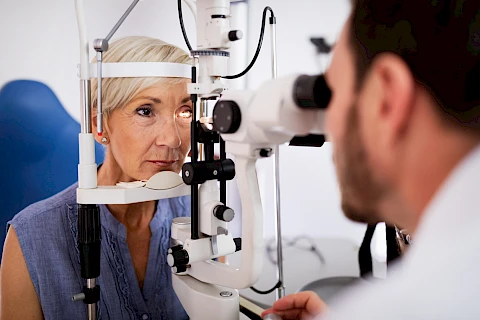
Taking care of seniors involves understanding a variety of health conditions, and diabetic retinopathy is one that needs special attention. This eye condition, common in people with diabetes, can severely affect one's vision if not managed correctly. As a caregiver, being informed about diabetic retinopathy can make a significant difference in the health and quality of life of the seniors you support.
What Is Diabetic Retinopathy?
Diabetic retinopathy is an eye disease that affects the blood vessels in the retina, the part of the eye that converts light into signals sent to the brain. When these blood vessels are damaged from diabetes, they can swell, leak, or close off, affecting vision. Over time, diabetes can weaken the small blood vessels in the eyes, leading to issues.
Risk Factors for Seniors
Seniors with diabetes face an increased risk of developing diabetic retinopathy as part of the aging process. Long-term diabetes contributes significantly to this risk, as prolonged high blood sugar levels can damage the blood vessels over time. In addition to age and duration of diabetes, other factors can worsen the condition:
- Hypertension (high blood pressure) can further strain blood vessels.
- High cholesterol levels can contribute to vessel damage.
- Poor blood sugar control hastens the progression of the disease.
Caregivers should be aware of these factors to help manage and possibly reduce the risk of developing diabetic retinopathy.
Stages of Diabetic Retinopathy
Diabetic retinopathy progresses through stages, each presenting different challenges. The early stage, known as Non-proliferative Diabetic Retinopathy (NPDR), may not have noticeable symptoms, but the retina's blood vessels can become blocked or leak fluid. Monitoring is crucial here to prevent progression.
The more advanced stage is Proliferative Diabetic Retinopathy (PDR), where new blood vessels start growing in the retina. These vessels are fragile and can bleed, leading to more severe vision problems. Symptoms like spots in vision or blurred vision indicate the need for immediate medical attention.
Regular Eye Exams
Regular eye exams are critical in detecting diabetic retinopathy early. Early detection allows for treatments that can prevent or delay severe vision loss. Seniors should have a comprehensive eye exam at least once a year, or more frequently if recommended by their doctor.
Caregivers play a key role in this process by ensuring appointments are scheduled and attended. They can help by organizing transportation, reminders, and understanding the eye doctor's feedback and instructions to optimize eye health.
Tips for Caregivers
Supporting a senior with diabetes involves more than just managing their eye health. Help seniors maintain a balanced diet and regular exercise routine to control their blood sugar levels.
Caregivers should ensure all diabetes-related medications are taken on schedule and assist in understanding doctor's prescriptions. Managing a chronic condition can be stressful. Provide emotional support and encourage social activities to maintain mental health.
Be Proactive About Senior Eye Health and Diabetes
Diabetic retinopathy in seniors is a serious condition, but with proper care, its impacts can be minimized. For caregivers, understanding the risk factors, being aware of the disease's stages, and ensuring regular eye exams can lead to better health outcomes for the seniors in your care. Be proactive in managing their eye health and supporting them in other areas affected by diabetes.
For caregivers seeking assistance, Senior Helpers York and Adams Counties offers dedicated senior care and support in York, Hanover, Gettysburg, Red Lion, and surrounding areas. Contact us to learn more about our senior care services.